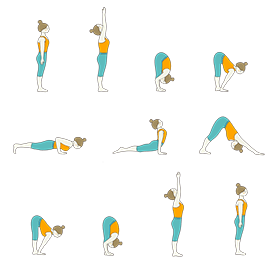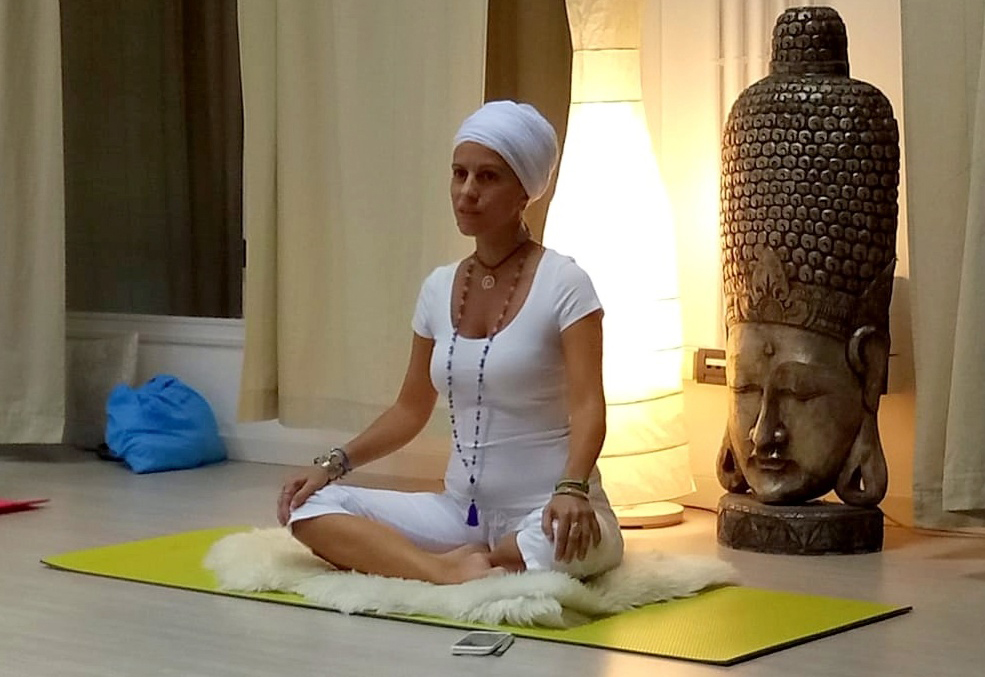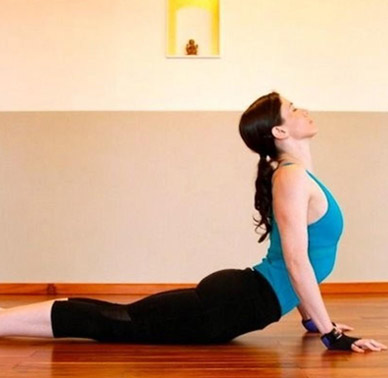
Injuries to the spine, shoulders and elbows can result from yoga poses. These injuries are caused by repetitive motions and stress on both the nervous system as well as the musculoskeletal structure. These injuries can also be caused due to improper form or alignment. These tips will help you avoid injury while doing yoga. These tips will help you avoid injuries while practicing yoga.
You can reduce the chance of injury
In terms of quality and quantity, there is not much yoga injury literature. Effective injury prevention requires a uniform method for injury reporting, consistent injury definitions, and a standardized classification scheme. A standardised method of reporting injuries would make it difficult to compare yoga populations. For example, the study did not separate the injuries by gender, age, or level of activity, which would have provided insights into those at greater risk for injury.

Practice poses using a range motion
Yoga practitioners should practice the poses within a wide range of motion in order to avoid injuries. Exercising in a restricted range of motion can cause injury to the joints as well as the muscles surrounding them. Improper hip alignment can lead, for example, to tears in your inner thighs and groins. You should also warm up before trying difficult poses.
Avoiding overstretching the hamstrings
When doing yoga, it is important to not overstretch the hamstring muscles. Tight hamstrings can cause tightness, and even pain. This is because your hips can be extended by your hamstrings. To avoid overstretching your hamstrings during yoga, use proper alignment cues during yoga movements.
Practicing backbends
It is crucial to avoid injuries by practicing backbends properly aligned. Backbends offer many benefits. However, it's important to be aware that there may be injuries and to adjust the poses accordingly. To practice backbends safely, you should start with simple poses. Then move onto more difficult ones. Practicing simple backbends helps you develop strength, flexibility, and alignment, which are all essential for achieving more advanced yoga postures.
Avoid balancing poses
Balance poses that require inversions may be avoided if you have a medical condition. To find out which poses are best for you, consult a physical therapist. To learn the proper mechanics of yoga and to adjust postures to your needs, you can work with a certified instructor.

Avoiding hyperextension
Hyperextension injuries in yoga can be a major concern, but there are several ways to prevent them. The first is to warm up thoroughly before you attempt advanced postures. This will help you avoid over-exerting yourself and causing injury to your knees. To avoid hyperextension injuries, you can listen to your body by building your poses slowly. For help in determining what your body can or cannot handle, consult a certified instructor.
FAQ
After I do yoga, will my clothes still fit?
Most likely, yes. They are elastic and will stretch as you wear them. They should be comfortable enough for you to wear while working out without being restrictive.
However, if you've recently lost weight, it might be difficult to find yoga pants that fit correctly. If this is the case, consider wearing shorts or leggings instead.
Is yoga safe?
Yes! Yes. Yoga is safe and low-risk. However, speak with your doctor before beginning a yoga routine if you have any medical conditions or injuries.
Is there much sweat involved in yoga?
This depends on which style of yoga is being practiced. Vinyasa flow or power yoga involves a lot more jumping, twisting, turning and turning. It's not uncommon for people to sweat heavily when they practice yoga.
Hatha yoga, however, is focused on forwarding twists and bends. The poses aren’t particularly strenuous so practitioners won’t experience excessive sweating.
What kind of music can you hear in a yoga room?
Many yoga studios play soft instrumental music during class. This is done to encourage learning and create a calm atmosphere.
Some studios prefer upbeat music like hip-hop, jazz and rock.
Be mindful of what music and audio you listen. Music can distract us sometimes from our practice.
What are the health benefits of yoga?
Yoga is an ancient practice that originated in India. Yoga was created by Hindu monks to improve their mental and physical well-being over the centuries. Many people use yoga to relieve stress and relax. Some believe that yoga helps them build strength and flexibility.
Yoga is great for older adults looking to be active. It improves coordination and balance. It can help you avoid injuries due to falls or other causes.
Yoga is good to your heart because it strengthens you cardiovascular system. This is especially helpful for those who are obese, have high blood sugar, or have diabetes.
Yoga can also help with stress, anxiety and depression. For those with arthritis or fibromyalgia, yoga can be especially beneficial.
Your muscles lose elasticity as you age. Yoga can keep your muscles flexible and strong. Yoga gives you more energy as you age.
According to the National Institute on Aging, regular yoga can reduce depression symptoms such as fatigue and feelings depressed. According to the institute, yoga can lower cholesterol and increase bone density.
Yoga also can help relieve back pain and headaches. Yoga's slow pace, gentle movements and effectiveness in relieving muscle spasms can be attributed to its effectiveness for strains and muscular spasms.
Can I do yoga at home?
Absolutely! There are many options for practicing yoga at home. For example, videos, DVDs/CDs, CDs, magazines and apps can all be used to practice yoga at your home.
YouTube also offers free online videos for yoga. A good instructor will be able to help you with the movements.
Statistics
- Start your Fall off right with 20% off All Access Membership when you sign up by 9/25! (corepoweryoga.com)
- About one in seven U.S. adults practiced yoga in the past 12 months, according to a 2017 national survey. (nccih.nih.gov)
- The American Psychological Association recently shared that 84% of American adults feel the impact of prolonged stress (5). (healthline.com)
- According to the Agency for Healthcare Research and Quality, falls are incredibly common among older adults in nursing facilities. Even the simplest ones can increase the risk of death (24). (healthline.com)
- Gentle yoga has been shown to ease some of the discomforts of tender, swollen joints for people with arthritis, according to a Johns Hopkins review of 11 recent studies. (hopkinsmedicine.org)
External Links
How To
Can I do yoga during pregnancy?
Being pregnant can impact your ability to perform certain poses safely. Before you start a new exercise program, consult your doctor.
You can still perform many poses during pregnancy. Here are some tips:
-
Do not lift any weights that are higher than your shoulders for pregnant women. Instead, you can use dumbbells or lightweight resistance bands.
-
Avoid deep twists. This could put pressure on the belly.
-
Avoid backbends until after you give birth. These can strain your lower back.
-
Before you deliver your baby, make sure to not sit on your stomach or cross-legged until the delivery.
-
You should not attempt to invert poses such as handstands or headstands without your doctor's approval.
-
Your practice should be limited to 30 minutes per week
You can do yoga during pregnancy as long as you're able to. Your doctor will let you know when you are ready for yoga.